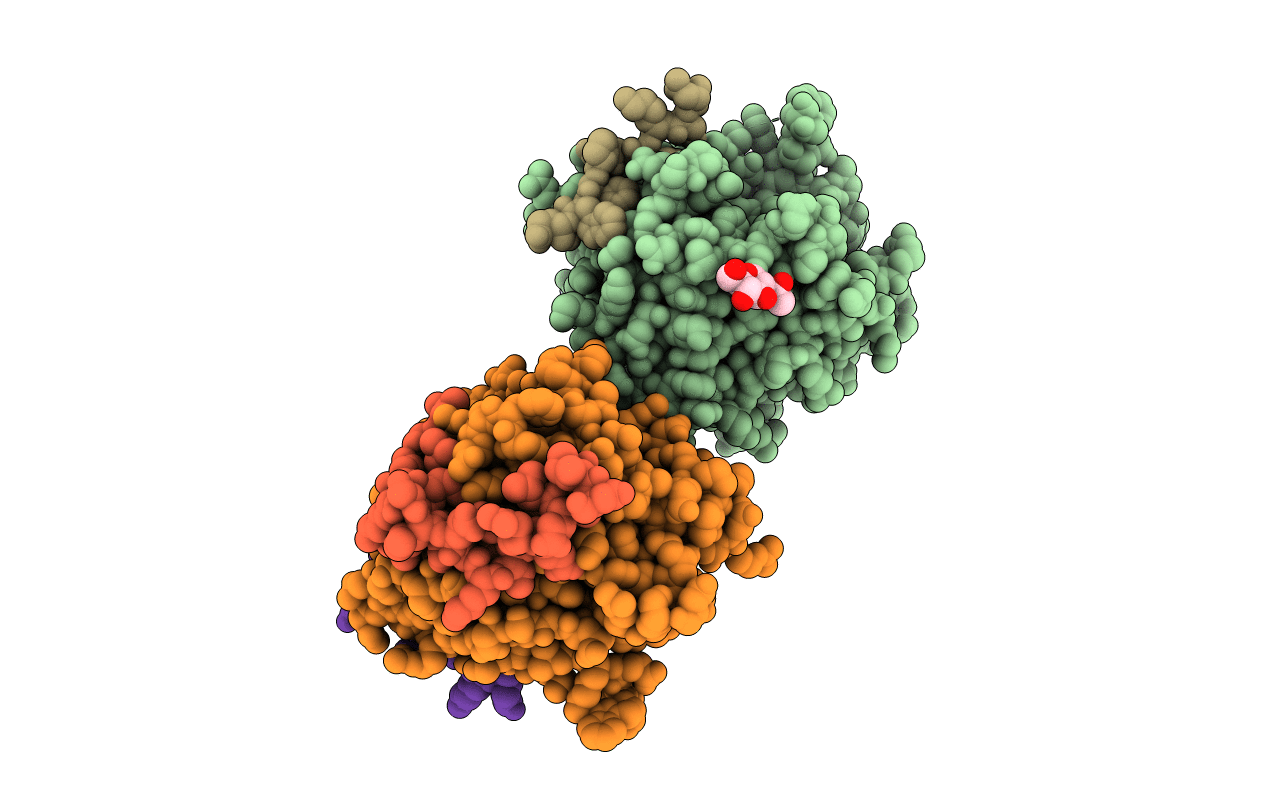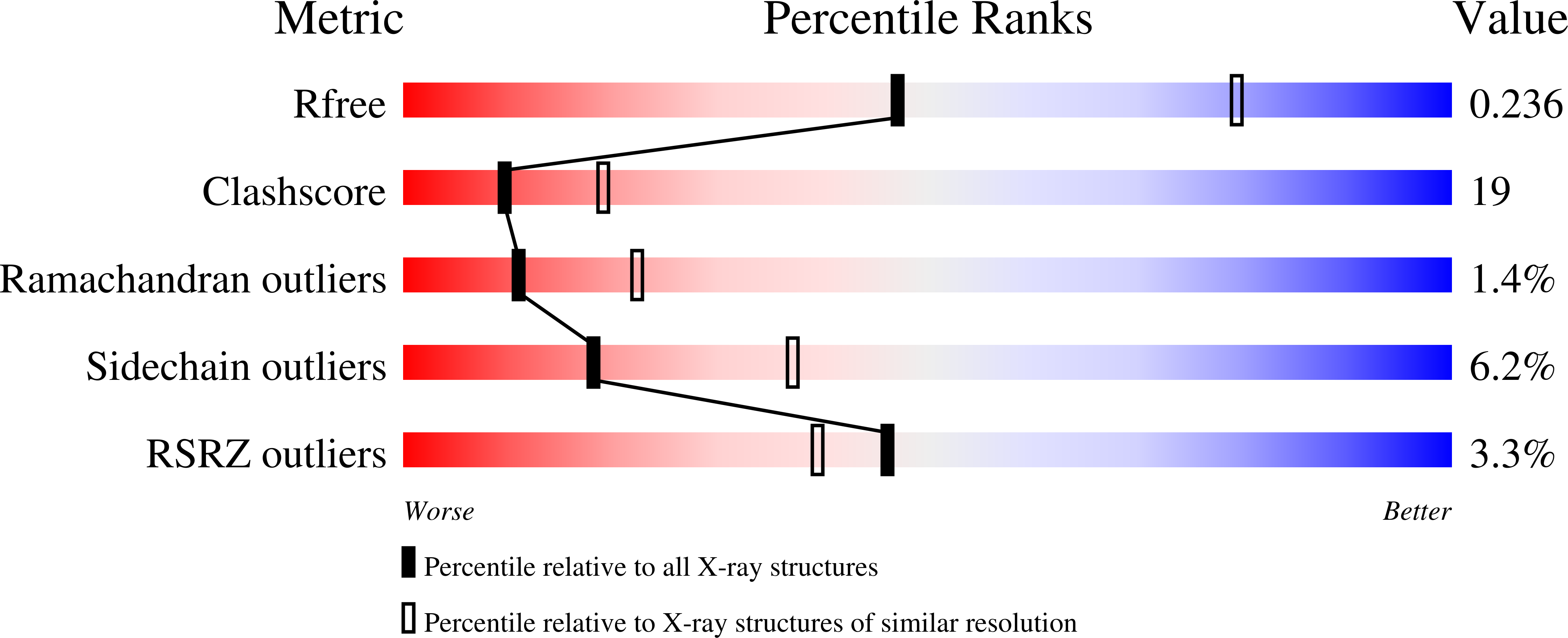
Deposition Date
2009-05-23
Release Date
2009-07-07
Last Version Date
2024-11-27
Entry Detail
PDB ID:
3HKJ
Keywords:
Title:
Crystal structure of human thrombin mutant W215A/E217A in complex with the extracellular fragment of human PAR1
Biological Source:
Source Organism:
Homo sapiens (Taxon ID: 9606)
Host Organism:
Method Details:
Experimental Method:
Resolution:
2.60 Å
R-Value Free:
0.23
R-Value Work:
0.19
R-Value Observed:
0.19
Space Group:
P 1


